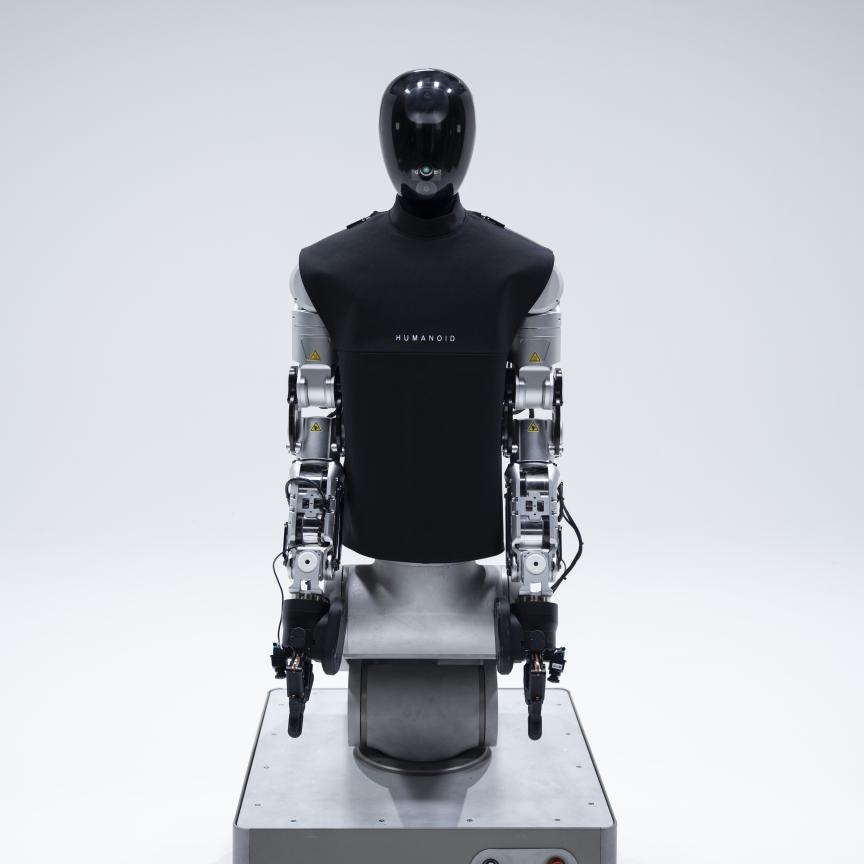A new Harvest Imaging project has started that will generate technical data of CMOS image sensors concerning the reproducibility, variability and reliability of the performance characteristics. This kind of information has never been published before. None of the CMOS image sensor vendors are supplying numerical information about reproducibility, variability and reliability of their devices. So if the vendors do not supply this data, only measurements on existing products can reveal performance parameters.
If a camera producer wants to use a single set of camera calibration parameters for all sensors of a particular type, all sensors need to perform in the same way, and need to have stable characteristics over time. Is this the case in reality? How well do various image sensors match each other? How stable are the sensor performance characteristics over time? Do sensors age? This project aims to answer these questions.
Reproducibility tests will give quantitative information about how well particular measurements and retrieved performance data reproduce if the devices are measured over and over again by means of the same calibrated measurement equipment; variability data will give quantitative information about the spread of the performance data from sensor to sensor or from camera to camera; and reliability analysis will give quantitative information about the stability of the sensor and camera performance over time.
The measurements are done on a higher-end, more expensive camera with a global shutter CMOS sensor and on a lower-end, cheaper camera with a rolling shutter CMOS sensor. The cameras will be measured every six months over a period of five years – the project began in 2016, with the first yearly report from 2017 now available; new reports will be released in the summer of each calendar year up until 2021.
Parameters characterised according to the EMVA 1288 standard include: conversion gain, quantum efficiency, dark noise, dark signal non-uniformity, maximum signal-to-noise ratio, non linearity, sensitivity threshold, saturation capacity, dynamic range, and dark current. Additional measurements beyond the EMVA 1288 standard will also be recorded, such as fixed-pattern noise, maximum average pixel value in every column and row, and the pixel with the highest temporal noise in each column and row.
In the first stage of the reliability study, the sensors will simply be stored on the shelf. In the second stage – starting after one year – the sensors will be stressed, such as exposure to 85°C and 85 per cent humidity; stored under UV light to test the stability of the colour filters; and exposed to gamma rays and cosmic rays at higher altitudes.


